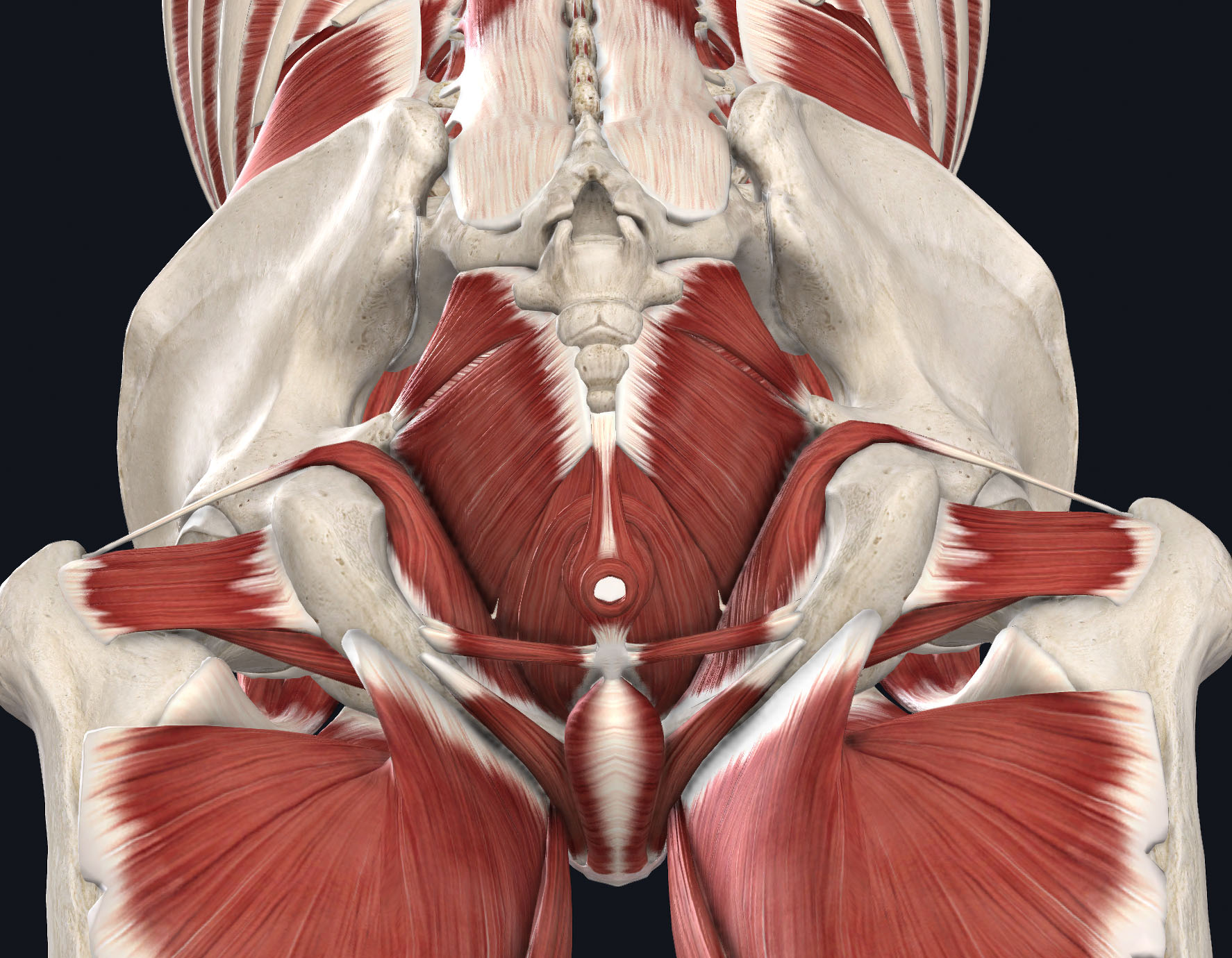This September, we are joining our fellow medical professionals to raise awareness about prostate cancer. Prostate cancer is the second leading cancer in American men! In fact, it  has been estimated 1 in 9 men will be diagnosed. Unfortunately, the awareness of the disease has yet to catch up to its prevalence. Many believe this is partly due to it being a taboo subject among men who are reluctant to talk about health concerns. This needs to change to help improve early detection and survival rates. The good news is there are increasing amounts of outreach programs and national organizations involved in prostate cancer awareness.
has been estimated 1 in 9 men will be diagnosed. Unfortunately, the awareness of the disease has yet to catch up to its prevalence. Many believe this is partly due to it being a taboo subject among men who are reluctant to talk about health concerns. This needs to change to help improve early detection and survival rates. The good news is there are increasing amounts of outreach programs and national organizations involved in prostate cancer awareness.
Sadly, even with the new momentum, there is still little mention of the importance of physical therapy for the men affected by prostate cancer and subsequent surgeries. With that said, we would like to use this blog to cover a few key awareness points about prostate cancer, surgery, and physical therapy.
What’s the Prostate Anyway? Will I get Prostate Cancer?
 The prostate is a walnut-sized gland part of the male reproductive system. It is located directly below the bladder and in front of the rectum. Because of its location and function, early signs of prostate cancer can include frequent urination, weak or interrupted flow, blood in urine/semen, erectile dysfunction, or pain with urination. If you have these symptoms it is important to talk to your doctor and get a Prostate Specific Antigen (PSA) test followed with a biopsy if necessary. Several factors associated with an increased risk of prostate cancer have been identified, such as age (>50 years old), history of smoking, obesity, chemical exposure, history of prostate inflammation, and family history. Specifically to genetics, inherited mutations of the BRCA1 or BRCA2 genes, which are linked to an increased risk of breast and ovarian cancers in some families, can also increase prostate cancer risk in men.
The prostate is a walnut-sized gland part of the male reproductive system. It is located directly below the bladder and in front of the rectum. Because of its location and function, early signs of prostate cancer can include frequent urination, weak or interrupted flow, blood in urine/semen, erectile dysfunction, or pain with urination. If you have these symptoms it is important to talk to your doctor and get a Prostate Specific Antigen (PSA) test followed with a biopsy if necessary. Several factors associated with an increased risk of prostate cancer have been identified, such as age (>50 years old), history of smoking, obesity, chemical exposure, history of prostate inflammation, and family history. Specifically to genetics, inherited mutations of the BRCA1 or BRCA2 genes, which are linked to an increased risk of breast and ovarian cancers in some families, can also increase prostate cancer risk in men.
Surgery vs Radiation
Many men with prostate cancer will be faced with the dilemma of choosing between surgery and radiation. In these cases, it is important to discuss your options with a qualified physician who can help you make an informed decision based on age, the severity of cancer, sexual function, and long-term prognosis. In some cases, surgery and radiation will be necessary to assure the elimination of cancerous cells. For those who have benign prostate growths, there is an alternative procedure, known as the TURP procedure, which can reduce urinary symptoms without the additive risk of open or laparoscopic surgeries.
Pre-Op Physical Therapy
 There is sufficient evidence and general awareness that physical therapy before orthopedic surgery is helpful with immediate and long-term outcomes postoperatively. Every day all over the world, athletes come in before surgeries to “prehab”, which involves maintaining strength and range of motion. Unfortunately, many men who are set to have prostate surgery have little knowledge about this option for their pelvic floor. The pelvic floor (muscles involved with sexual and urinary function) are just like any other muscles in the body. They need to be trained to be strong and coordinated. We strongly recommend our patients come in several weeks to a month beforehand to start pelvic floor training to expedite urinary continence function postoperatively.
There is sufficient evidence and general awareness that physical therapy before orthopedic surgery is helpful with immediate and long-term outcomes postoperatively. Every day all over the world, athletes come in before surgeries to “prehab”, which involves maintaining strength and range of motion. Unfortunately, many men who are set to have prostate surgery have little knowledge about this option for their pelvic floor. The pelvic floor (muscles involved with sexual and urinary function) are just like any other muscles in the body. They need to be trained to be strong and coordinated. We strongly recommend our patients come in several weeks to a month beforehand to start pelvic floor training to expedite urinary continence function postoperatively.
Post Operatively Short Term
After prostate surgery, men are at high risk for developing:
- Urinary incontinence
- Erectile Dysfunction
- Peyronie’s Disease (bent or deviated penis)
- Depression
- Secondary Orthopedic Conditions (back/hip pain)
 Fortunately, these can all be directly or indirectly improved through physical therapy. A combination of manual therapy, ultrasound feedback muscle training, and education/home programs are all essential parts of addressing these associated conditions. Because the awareness of pelvic physical therapy for men is still limited, in many cases patients will have to be their own advocate in pursuing physical therapy.
Fortunately, these can all be directly or indirectly improved through physical therapy. A combination of manual therapy, ultrasound feedback muscle training, and education/home programs are all essential parts of addressing these associated conditions. Because the awareness of pelvic physical therapy for men is still limited, in many cases patients will have to be their own advocate in pursuing physical therapy.
Post Operatively Recovery Long Term
For many men, their greatest concern with surgery is the perseveration of sexual function. The severity and location of the cancer will help determine this. The nerves responsible for achieving an erection are located around the outside of the prostate. When possible, a nerve-sparing procedure is done to prevent damage to these nerves. However, when the cancer has spread to these perimeters, it may be necessary to remove one or both of these nerve bundles. If one is removed, there is still a chance that with proper pelvic floor physical therapy and vacuum therapy you will be able to achieve the ability to get a natural erection. Coordinate with your PT and discuss a game-plan. When both nerves are removed, you will still be able to use a vacuum pump to produce erections for intercourse with your significant other.
From Surgery to Sport
In our clinic, we frequently see men who fall through the cracks of the medical system after surgery often because they regain some urinary continence on their own and are never referred for pelvic floor physical therapy. Fast forward several months down the road and they are still having leakage with functional activities such as lifting, jogging, and playing with their children. In these cases, it is essential to seek out a Men’s Health physical therapist who can help retrain the pelvic floor and the entire core in functional and sport-specific movements.
Wrapping it all Up
We hope you enjoyed this blog for prostate cancer awareness. It is our goal to make pelvic PT an essential part of all pre- and post-operative prostate cancer management. With continued effort and education are dedicated to being part of the movement to make it happen!
Nate Mayberry, PT, DPT, OCS, CMTPT, CSCS, PHC, CertDxUS



